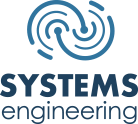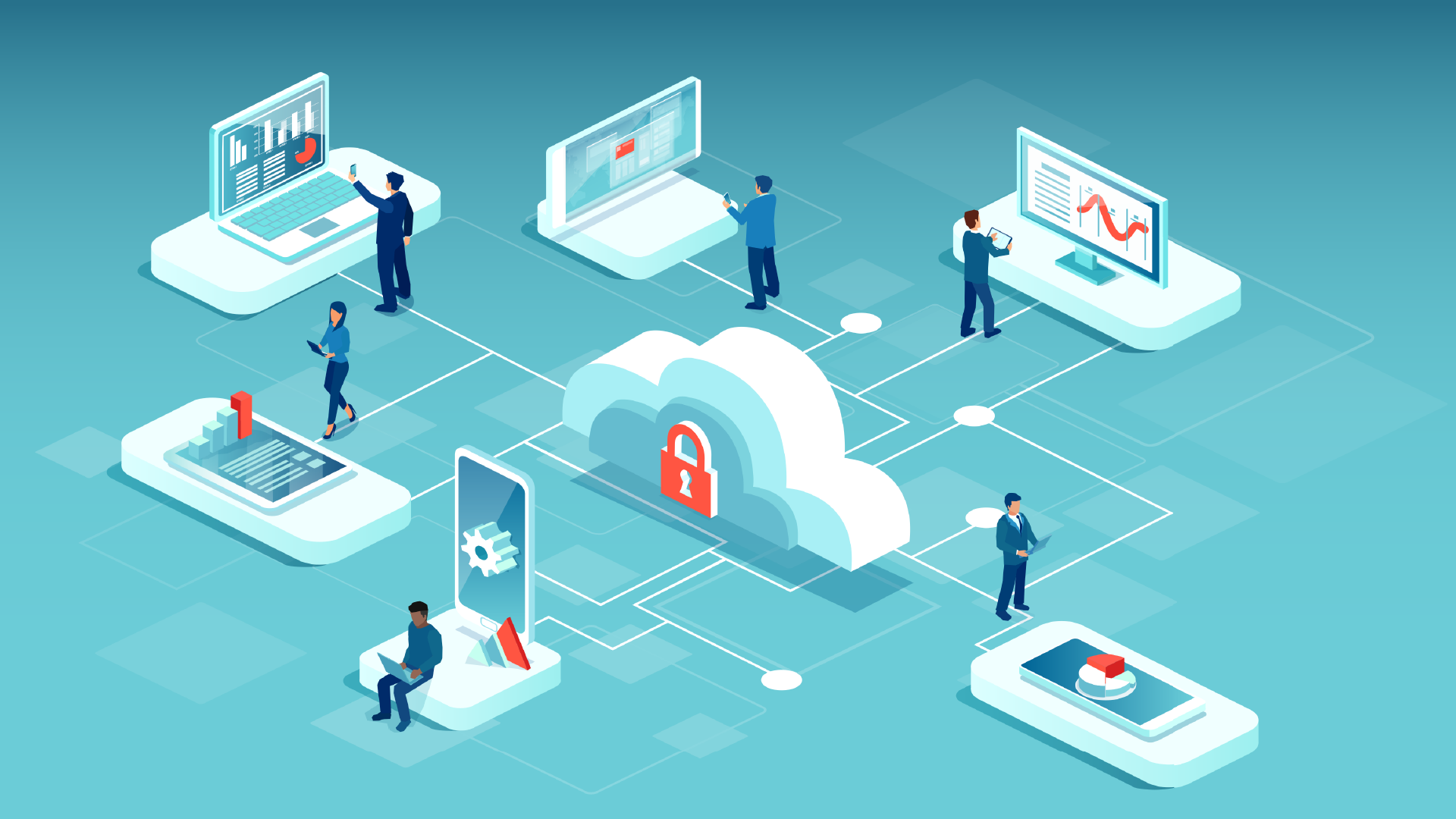It turns out moving your work to “anywhere” and your data to “everywhere” might mean rethinking how we secure “everything.”
Kevin Beling

Recent Posts
In the previous decade, the rise of shadow IT, characterized by the use of unsanctioned cloud applications, became a major concern within organizations due to the proliferation of free and inexpensive cloud-based tools. Now ten years later, we are witnessing an explosion in Generative AI (GenAI),
Backing up your critical data should be a fundamental part of every data protection strategy. With ransomware breaches and recovery costs nearly doubling over the last year, at 66% up from 37% and $1.85M up from $760K respectively, organizations cited data backups as the #1 method used to restore compromised data.
As many applications now live in the cloud, it’s easy to lose sight of basic network hygiene. One might assume that patching has become less critical now that more data lives in replicated cloud storage environments. You may also think that using the latest cloud security tools, like multi-factor authentication (MFA), is enough to keep you protected from increasing cyberattacks.
The promise of increased productivity in the cloud continues to ring true now more than ever. Access to corporate data from anywhere at any time while simultaneously collaborating as a team has kept so many businesses productive and competitive in our remote work environments. The caveat of access from anywhere is that without sufficient cybersecurity and risk management strategies, threat actors can also gain access to your sensitive corporate data.
In 1970, around the same time David Bowie was writing “Changes”, Alvin and Heidi Toffler wrote a book entitled “Future Shock,” arguing that the ever-accelerating rate of technological and social change would create fear, confusion, and tension across the globe. In the last 50 years, their predictions have been largely prescient. While cloud technologies keep getting better and have improved our lives in a myriad of ways, there is no doubt that it leaves some people’s heads spinning. So how do you keep up with the cloud?
Is the speed of technological advancements outpacing your ability to protect your organization? Does the need for software updates, network patching, or industry advancements require more attention? There was a time when your 'man-in-a-van' IT contact was able to keep up the pace, but as your organization grows, so does your need for a dynamic IT strategy.












